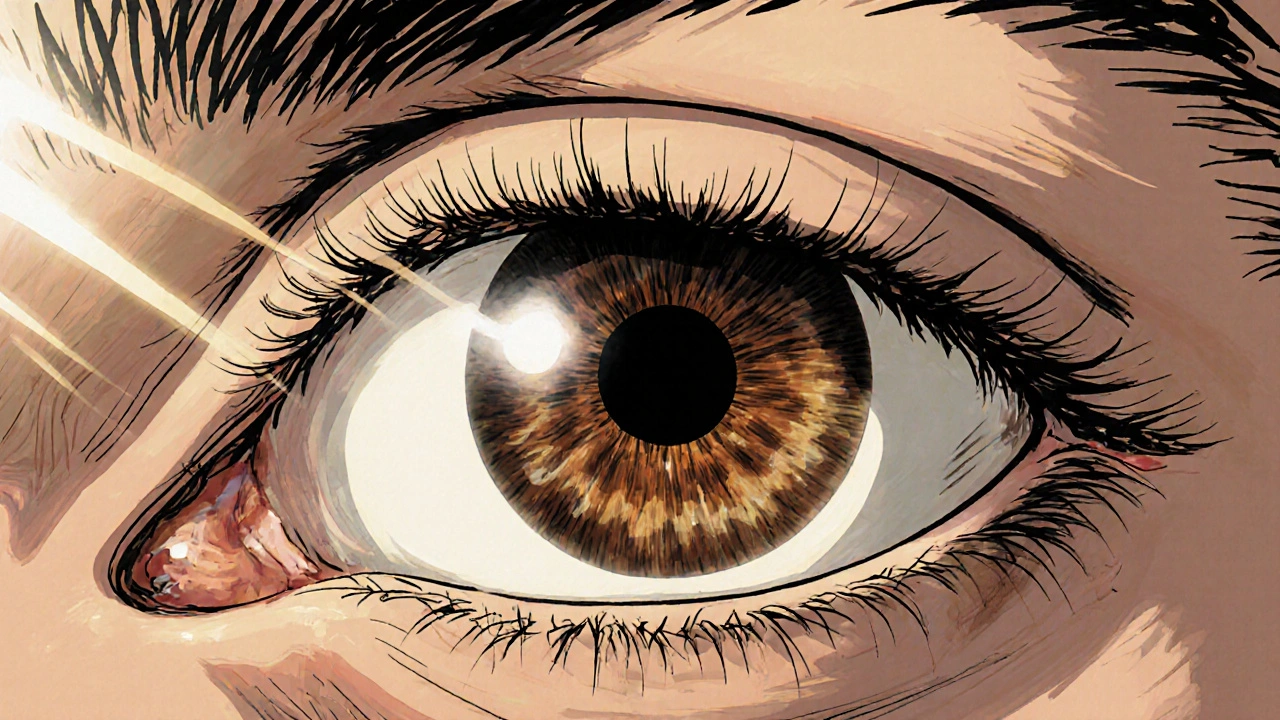Think about this: vision changes often start quietly. You may not notice small shifts until they affect work, driving, or reading. The good news is a few daily habits cut the risk of problems and keep your eyes working well for years.
Follow the 20-20-20 rule if you use screens: every 20 minutes look at something 20 feet away for 20 seconds. It reduces strain and gives your eyes a real break. Adjust screen brightness to match the room and raise text size so you aren’t squinting.
Wear sunglasses that block 100% UV. UV exposure speeds up cataracts and can damage the retina over time. A wide-brim hat is a cheap extra shield on sunny days.
Eat a mix of colorful vegetables, omega-3-rich fish, and eggs. Nutrients like lutein, zeaxanthin, vitamin A, and omega-3s support the retina and dry-eye symptoms. If your diet lacks variety, a daily eye-focused supplement with lutein/zeaxanthin is a reasonable option — but talk to your doctor first.
Keep good contact lens hygiene. Replace lenses and cases on schedule, avoid sleeping in lenses unless prescribed, and never top up solution.
Don’t smoke. Smoking raises the risk of macular degeneration and cataracts. If you smoke, quitting is one of the most effective things you can do for your eyes and overall health.
Get a comprehensive eye exam every 1–2 years if you’re over 40 or have risk factors like diabetes, high blood pressure, or a family history of eye disease. Younger people with no issues can stretch exams to every 2 years, but checkups are cheap insurance.
Head to urgent care or the ER for sudden vision loss, a new curtain or shadow across your vision, flashes of light, a sudden increase in floaters, eye pain, or severe redness. Those can be signs of retinal detachment, acute glaucoma, or infection — fast treatment matters.
Know the side effects of meds you take. Some common prescriptions and supplements can cause dry eyes, blurred vision, or light sensitivity. Ask your pharmacist whether any new drug could affect vision and what to watch for.
Practical checks at home help too: test reading small print, compare both eyes by covering one at a time, and note glare or difficulty seeing at night. Keep a short list of symptoms and share it with your optometrist — specific examples help more than “my eyes feel weird.”
Small changes add up. Better screen habits, sun protection, a healthy diet, and timely exams are low-effort steps that protect your sight. If you want, explore our hub for articles on supplements, medication safety, and how different drugs affect eye health — practical info you can use when making health decisions.

